Experience: Liberation
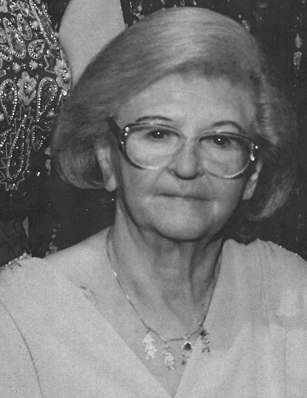
|
|
|
|
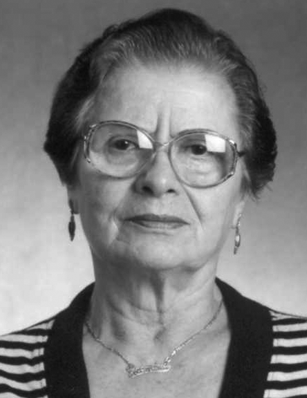
|
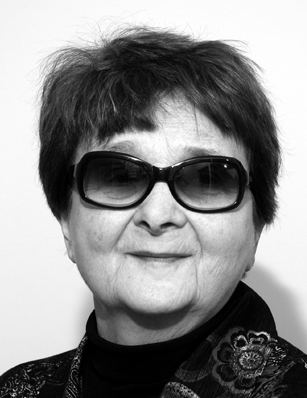
|
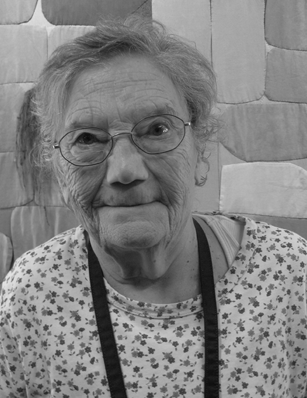
|
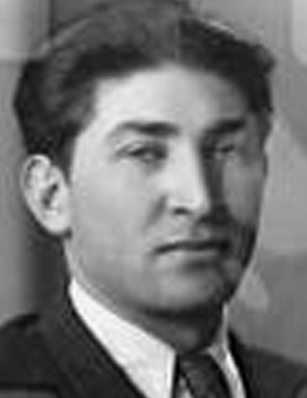
|
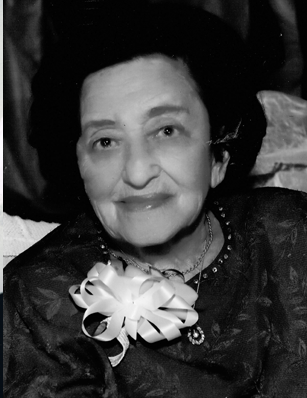
|
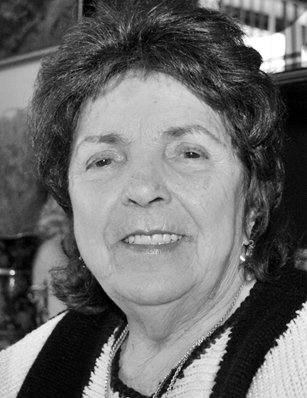
|

|
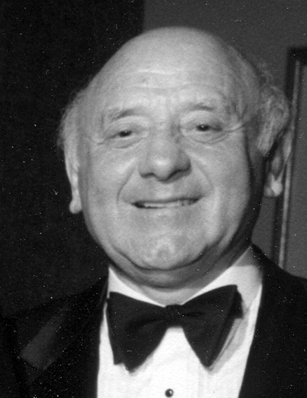
|
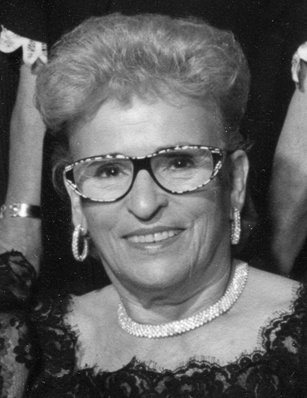
|
|
|
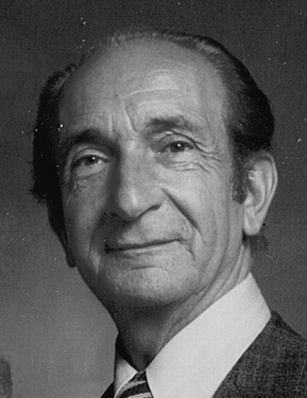
|
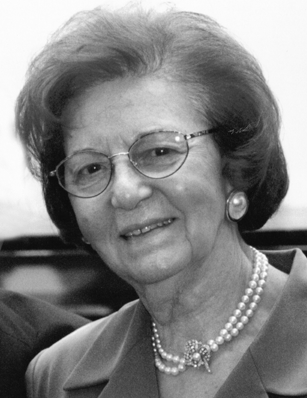
|
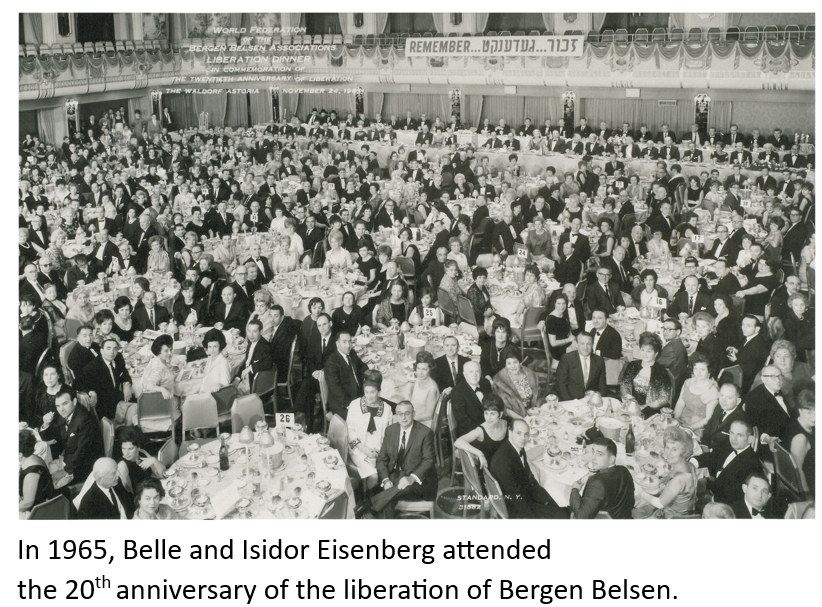
|
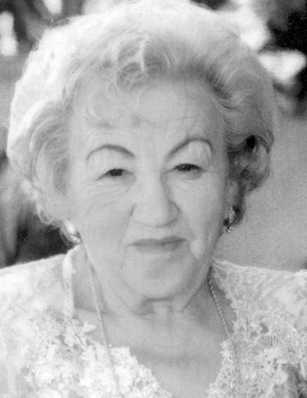
|
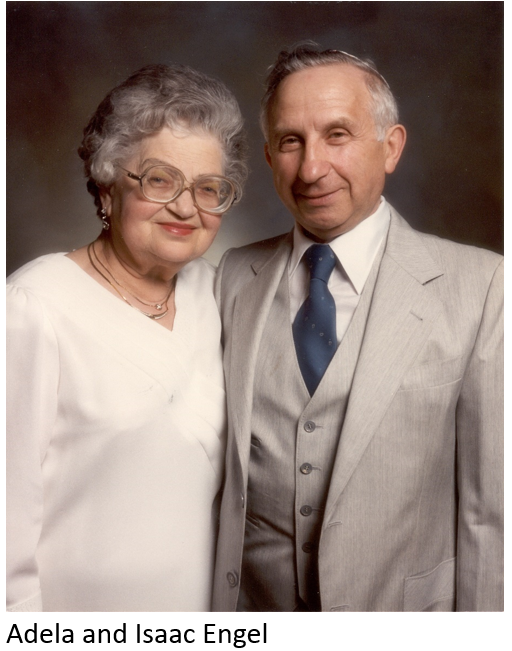
|
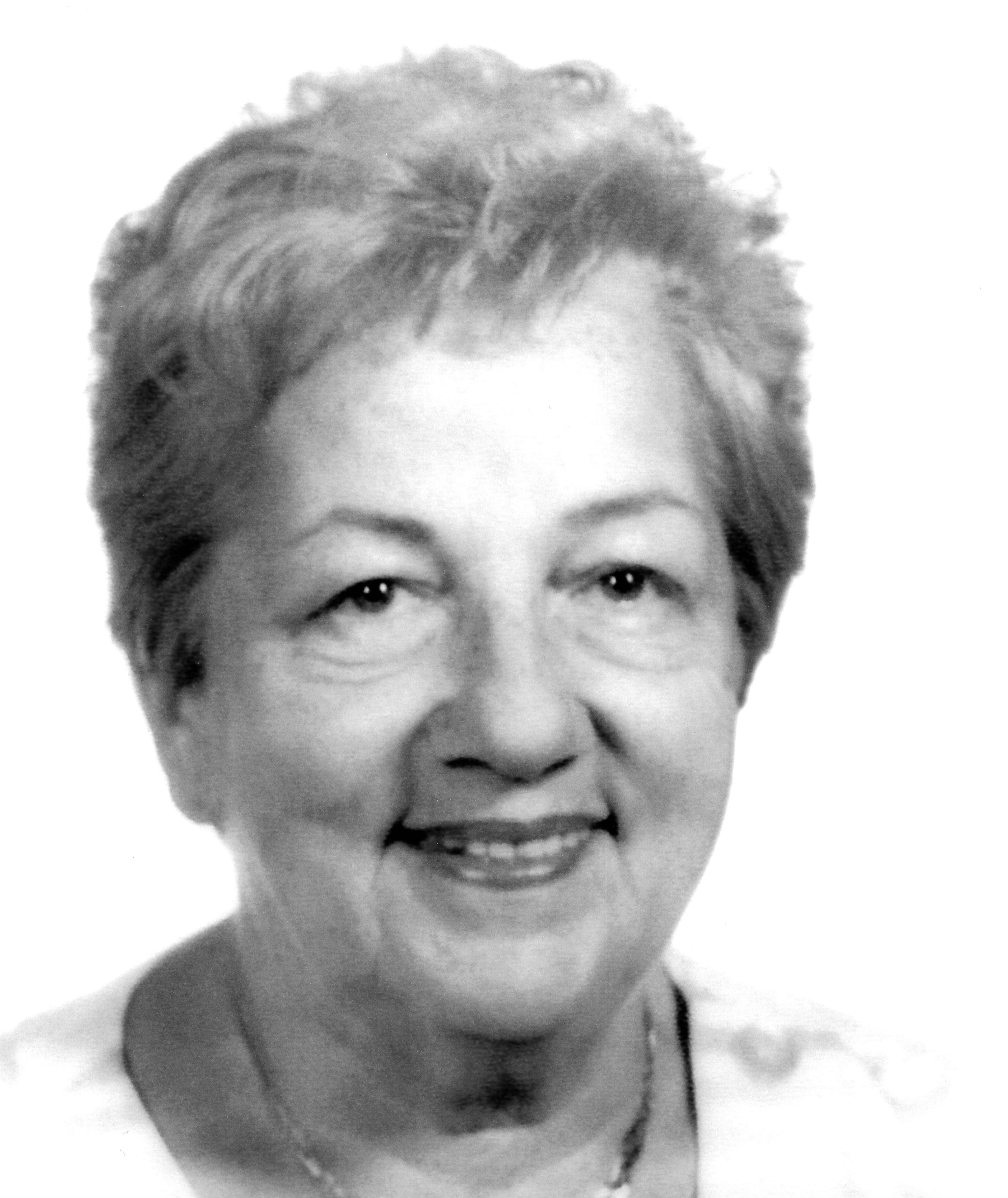
|
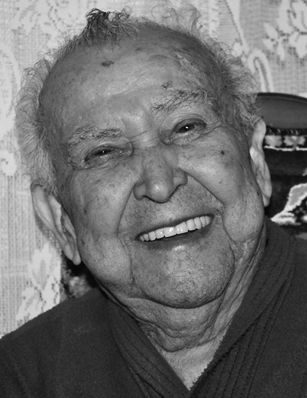
|
|
|

|
|
|
|
|
|
|
|
|
|
|
|
|
|
|

|
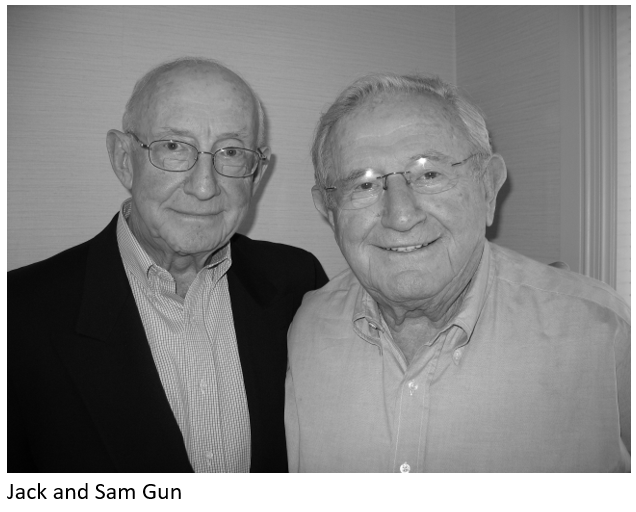
|
|
|
|
|
|
|
|
|
|
|
|
|
|
|
|
|
|
|
|
|
|
|
|
|
|
|
|
|
|
|
|

|
|
|
|
|
|
|
|
|
|
|
|
|
|
|
|
|
|
|
|
|
|
|
|
|
|
|
|
|
|
|
|
|
|
|
|
|
|
|
|
|
|
|
|
|
|
|
|
|
|
|
|
|
|
|
|
|
|
|
|
|
|
|
|
|
|
|
|
|
|
|
|
|
|
|
|
|
|
|

|
|
|
|
|
|
|
|
|
|
|
|
.png)
|
|
|
|
|
|
|
|
|
|

|
|
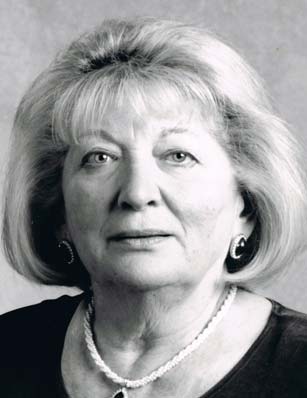
|

|
“As Allied troops moved across Europe in a series of offensives against Nazi Germany, they began to encounter tens of thousands of concentration camp prisoners. Many of these prisoners had survived forced marches into the interior of Germany from camps in occupied Poland. These prisoners were suffering from starvation and disease.
“Soviet forces were the first to approach a major Nazi camp, reaching Majdanek near Lublin, Poland, in July 1944. Surprised by the rapid Soviet advance, the Germans attempted to hide the evidence of mass murder by demolishing the camp. Camp staff set fire to the large crematorium used to burn the bodies of murdered prisoners, but in the hasty evacuation, the gas chambers were left standing. In the summer of 1944, the Soviets also overran the sites of the Belzec, Sobibor, and Treblinka killing centers. The Germans dismantled these camps in 1943 after most of the Jews in Poland had already been killed.
“The Soviets liberated Auschwitz, the largest extermination and concentration camp, in January 1945. The Nazis had forced the majority of Auschwitz prisoners to march westward (in what would become known as "death marches"), and Soviet soldiers found only several thousand emaciated prisoners alive when they entered the camp. There was abundant evidence of mass murder in Auschwitz. The retreating Germans had destroyed most of the warehouses in the camp, but in the remaining ones the Soviets found personal belongings of the victims. They discovered, for example, hundreds of thousands of men's suits, more than 800,000 women's outfits, and more than 14,000 pounds of human hair.
“In the following months, the Soviets liberated additional camps in the Baltic states and in Poland. Shortly before Germany's surrender, Soviet forces liberated the Stutthof, Sachsenhausen, and Ravensbrueck concentration camps.
U.S. forces liberated the Buchenwald concentration camp near Weimar, Germany, on April 11, 1945, a few days after the Nazis began evacuating the camp. On the day of liberation, an underground prisoner resistance organization seized control of Buchenwald to prevent atrocities by the retreating camp guards. American forces liberated more than 20,000 prisoners at Buchenwald. They also liberated Dora-Mittelbau, Flossenbürg, Dachau, and Mauthausen.
“British forces liberated concentration camps in northern Germany, including Neuengamme and Bergen-Belsen. They entered the Bergen-Belsen concentration camp, near Celle, in mid-April 1945. Some 60,000 prisoners, most in critical condition because of a typhus epidemic, were found alive. More than 10,000 of them died from the effects of malnutrition or disease within a few weeks of liberation.
Liberators confronted unspeakable conditions in the Nazi camps, where piles of corpses lay unburied. Only after the liberation of these camps was the full scope of Nazi horrors exposed to the world. The small percentage of inmates who survived resembled skeletons because of the demands of forced labor and the lack of food, compounded by months and years of maltreatment. Many were so weak that they could hardly move. Disease remained an ever-present danger, and many of the camps had to be burned down to prevent the spread of epidemics. Survivors of the camps faced a long and difficult road to recovery.
United States Holocaust Memorial Musuem
http://www.ushmm.org/wlc/en/article.php?ModuleId=10005131
Accessed on July 26, 2011
http://www.ushmm.org/wlc/en/article.php?ModuleId=10005131
Accessed on July 26, 2011
— United States Holocaust Memorial Museum
http://www.ushmm.org/wlc/en/media_ph.php?ModuleId=10005131&MediaId=647
Accessed on July 26, 2011
— United States Holocaust Memorial Museum
http://www.ushmm.org/wlc/en/media_ph.php?ModuleId=10005131&MediaId=921
Accessed on July 26, 2011
— United States Holocaust Memorial Museum
http://www.ushmm.org/wlc/en/media_ph.php?ModuleId=10005131&MediaId=832
http://www.ushmm.org/wlc/en/media_ph.php?ModuleId=10005131&MediaId=832
Accessed on July 26, 2011
— Federation Nationale des Deportes et Internes Resistants et Patriots
USHMM-Liberation of Nazi Camps-Photograph
Accessed on July 26, 2011
—USHMM #74456
Accessed on July 26, 2011
— National Archives and Records Administration, College Park, Md.
USHMM- Focus on Liberation – Photograph
Accessed on July 26, 2011
Contact us
thank you!
Your application is successfuly submited. We will contact you as soon as possible
thank you!
Your application is successfuly submited. Check your inbox for future updates.